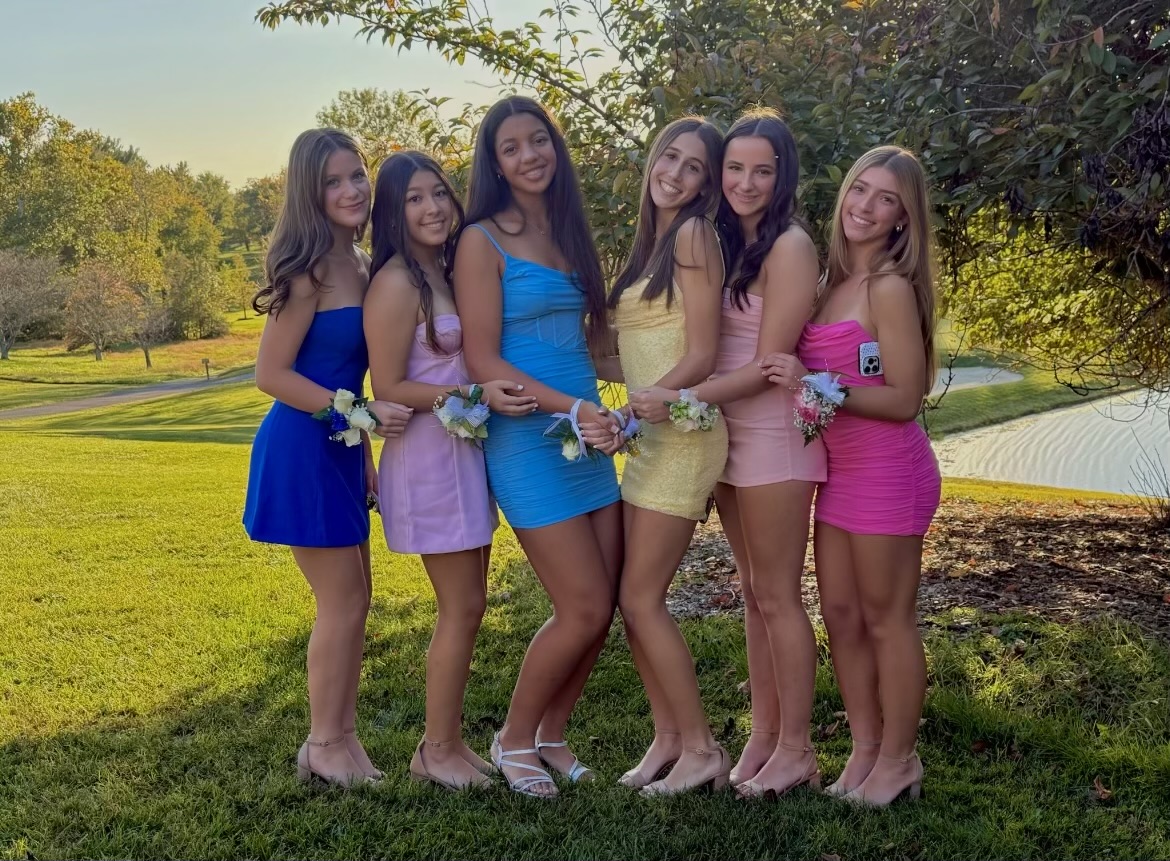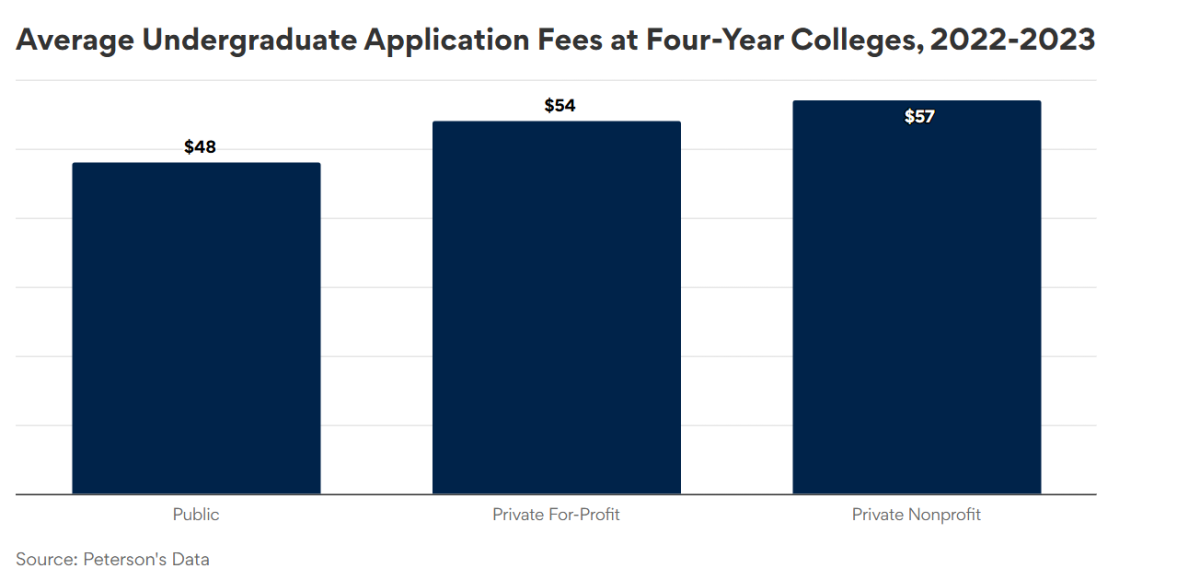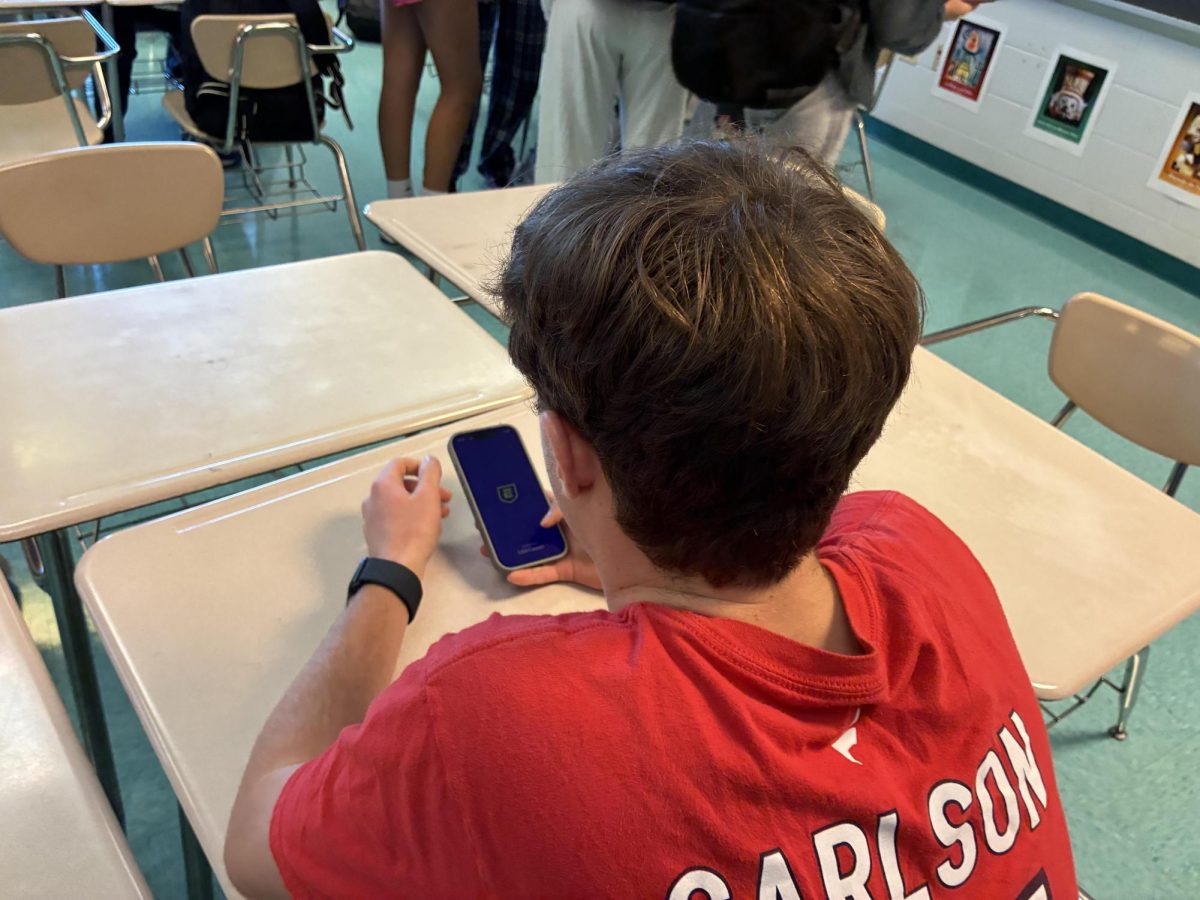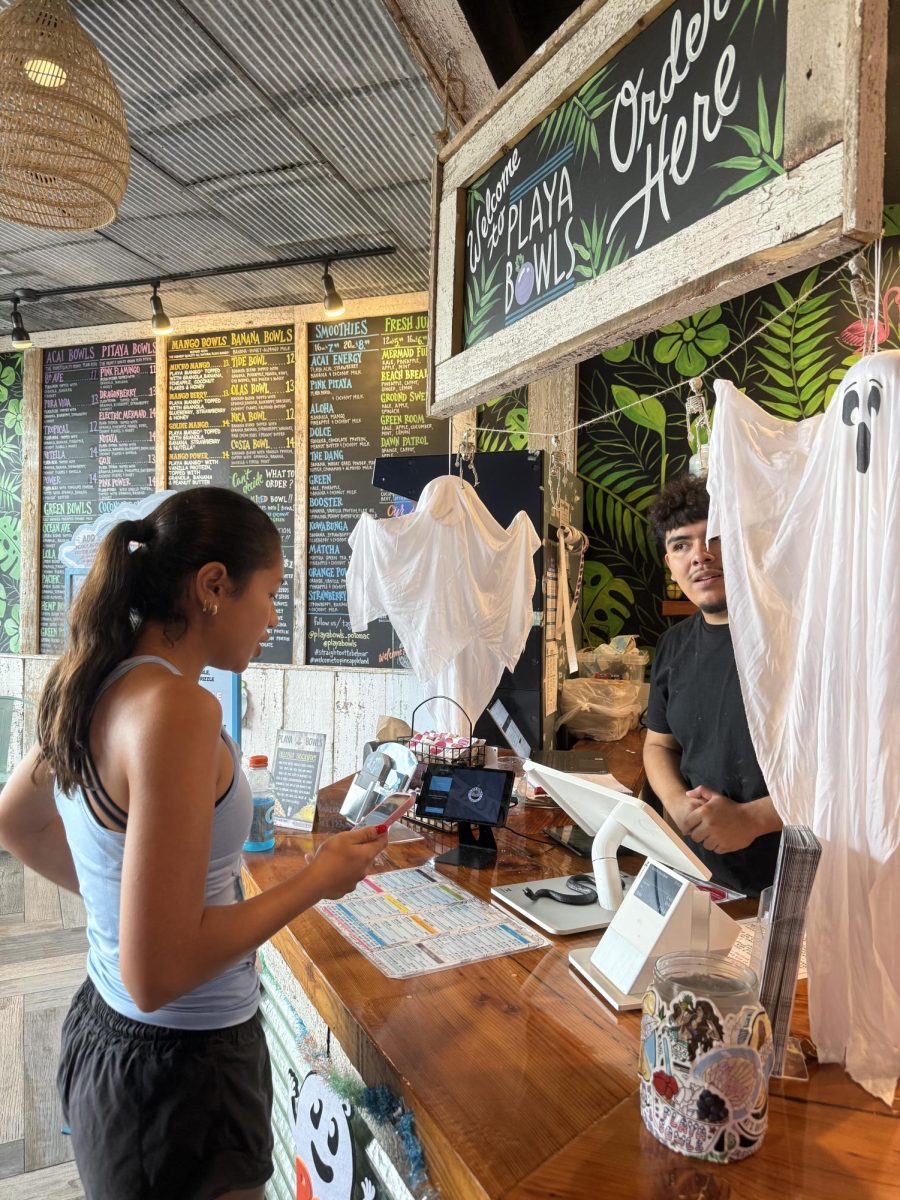ChatGPT is a form of artificial intelligence. According to International Business Machines (IBM), artificial intelligence, or AI, is “technology that enables computers and machines to simulate human learning, comprehension.” This expansion of technology seems far in the future and beyond the realms of high school students but in reality there is a growing use of AI in education, allowing students to generate AI-written assignments. AI has grown and its ability to replicate student writing has greatly improved, leaving students wondering if teachers with their background in English and knowledge of students’ writing styles can differentiate between AI and student writing.
Though the growth of AI in industries like medicine has benefits of efficiency and in the future might even be able to predict and prevent diseases, AI in education seems to have the opposite effect. Due to the growth of AI and its ability to mimic students’ writing, there has been a rampant increase in the use of AI to complete school work by students. One of the most popular AI models is ChatGPT, which can be fed a prompt and will return a well-formulated essay within seconds. The model also allows users to edit and revise the essay by giving specific directions such as, “shorten the essay,” or “add quotes.” With this intelligent AI, teachers are tasked with not only grading essays but also keeping an eye out for AI-generated papers.
Teachers who have experience with students’ writing styles and tone may struggle with the advancement of AI, as essays written by AI are replicating students’ tone in a way that is eerily similar. To test the growth of AI, English teachers Michelle Hanson, Madeleine Osgood and Melanie Moomau were each given six essays to analyze from three different styles of writing. Three were written by students and the other three by AI. The categories of writing included journalistic, which means the style was in a formal and informative tone. The second category was analytical writing, which is similar to most essays written in English classes where there is a thesis with supporting evidence, and the final type of writing was narrative, which consists of storytelling.
Of the three teachers, a consensus was shown that AI’s ability to resemble student narrative writing is weak. Hanson, Osgood and Moomau were all provided narrative essays based on “To Kill a Mockingbird” and were all easily able to identify the non-human-like flawlessness of the AI-written essay. Since students are learning the process of writing, there are bound to be mistakes in the essay, which helped Moomau identify the AI-written narrative essay. “This is an example of where [the] writing is too clean,” Moomau said.
While with narrative writing the teachers were able to identify which was written by AI, this wasn’t the case for the journalistic essays. For the journalistic essays, two stories were compared with the same prompt about women’s wrestling. Since the student piece was written as a journalistic opinion article, AI was provided with the same parameters to see if it could create a similar article. The directions put into AI were to write a journalistic essay on the struggles of female wrestlers both on and off the mat. ChatGPT instantly rendered a lengthy essay listing and detailing the struggles of female wrestlers. The article created was clearly AI-written as its formatting displayed sections explaining each struggle rather than being a coherent article as a student would write.
So new instructions were entered into ChatGPT to make the article sound more like student writing. “Make this article an opinion piece,” “make this shorter,” “make this sound less AI.” These simple instructions were all it took to construct an essay that replicated student voice and tone, and only in minutes. Out of the three teachers guessing which was AI, two correctly guessed the AI-written essay but one of the teachers incorrectly identified the student-written essay as AI. Though this 2-1 ratio seems insignificant, in the broad scheme of things, it is significant that AI was able to mimic student writing and pass as student-written when being read by a teacher. The AI journalistic essay deceived one of the English teachers despite her experience and knowledge of student writing style because of AI’s growth and ability to simulate student voice. The use of AI by students is, “VERY concerning because it means that students don’t get the benefit of ‘productive struggle,’ or from having to work hard to figure out how to do something,” Hanson said.
One of the most common writing formats used in English classes is analytical writing. Coincidentally it was also the essay in which two out of the three teachers incorrectly chose the student written essay as the AI-written one. The analytical essay prompt was to “identify Douglass’ argument [in the appendix] and analyze how his rhetorical choices convey his argument.” The AI-generated essay tricked two of the three teachers. ChatGPT was given the same prompt as the student’s written essay, but was also told to “make this shorter and use quotes,” and “make this sound less AI.” The simplicity of formulating an essay that duped two of the three English teachers highlights the dangers of AI advancement.
Another set of problems arises from the growing use of AI by students is around the accusations teachers may make about students using AI. An example shown in the analytical essays is that though the essay was written by a student, two of the teachers deemed it to be AI-written because of its vocabulary and complexity. This distrust between students and teachers is an unfortunate byproduct of AI, which forces teachers to use AI detecting tools.
AI has become a fallback for students to quickly and easily complete assignments, which hinders the understanding and knowledge of the topic at hand. “ It does concern me because AI makes writing tasks so much easier – which in and of itself seems like it would be OK – but again, the students lose out on all the benefits of having to struggle through a task and see it through to the end,” Hanson said.
While only three teachers participated in this experiment, conclusions can still be drawn thats show the challenges posed for both students and teachers by AI. We can only wonder what AI will be like in the future as it continues to learn and improve and how it will affect students’ education. If this article doesn’t convince you of the dangers of the growth of AI maybe this will: This entire article was written by ChatGPT.
Just kidding, but I bet you believed it for a second. That alone shows AI’s power.


![English teacher Michelle Hanson reads through six essays to determine which are written by AI. The use of AI in schools is leading to negative impacts on student learning. "If [students] don’t have to think deeply about what they are doing, they don’t learn and absorb as much as if they had to do it on their own," Hanson said.](https://woottoncommonsense.com/wp-content/uploads/2024/11/IMG_9465-900x1200.jpg)





![Editors-in-Chief Ahmed Ibrahim, Helen Manolis, Cameron Cowen, Alex Grainger, Emory Scofield, Hayley Gottesman, Rebekah Buchman and Marley Hoffman create the first print magazine of the year during the October press days. “Only a quarter of the schools in MCPS have programs that are like ours, a thriving, robust program. That makes me really sad. This is not just good for [the student journalists] to be doing this, it’s good for the entire community. What [student journalists] provide to the community is a faith in journalism and that continues for their lifetimes," Starr said.](https://woottoncommonsense.com/wp-content/uploads/2025/10/wmpoFTZkCPiVA3YXA4tnGoSsZ4KmnKYBIfr18p3l-900x1200.jpg)

Darius Bacani • Jan 6, 2025 at 6:25 AM
It’s wonderful content. It helps me to improve my article work; I also use undetectable.ai to finish and detect when it comes to AI plagiarism.